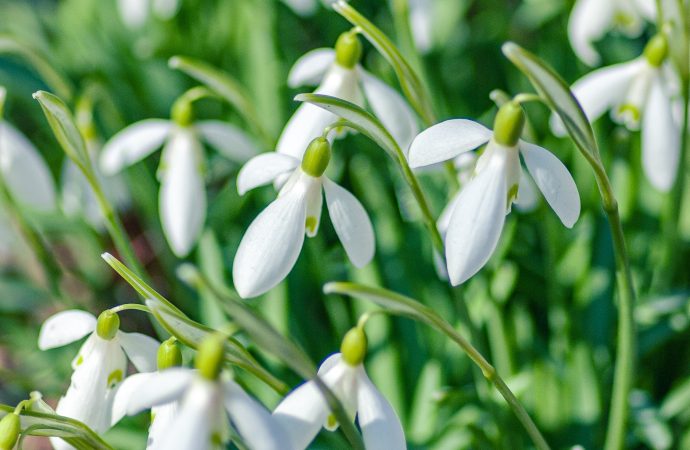Subtitle 1: Discovering the Art of Bonsai Bonsai, the ancient Japanese art of cultivating miniature trees, has fascinated people around the world for centuries. With its delicate balance of horticulture and artistic expression, bonsai showcases the beauty of nature in a captivating and miniature form. The art of bonsai requires patience, dedication, and a deep
Subtitle 1: Discovering the Art of Bonsai
Bonsai, the ancient Japanese art of cultivating miniature trees, has fascinated people around the world for centuries. With its delicate balance of horticulture and artistic expression, bonsai showcases the beauty of nature in a captivating and miniature form. The art of bonsai requires patience, dedication, and a deep understanding of the tree’s natural growth patterns. Let’s embark on a journey to explore the enchanting world of bonsai.
Subtitle 2: The Origins and Philosophy of Bonsai
Bonsai originated in China over a thousand years ago and was later embraced and refined by the Japanese. The word “bonsai” itself translates to “planted in a container” or “tray planting,” reflecting the practice of growing trees in small pots. Bonsai is not merely about manipulating trees; it is a harmonious fusion of nature, human intervention, and artistic vision.
The philosophy behind bonsai is rooted in the belief that the tree should reflect the essence of nature, captured in its miniature form. Bonsai artists aim to recreate the awe-inspiring beauty of a majestic tree and its surroundings, condensing it into a living work of art. This art form teaches us patience, respect for nature, and the value of simplicity.
Subtitle 3: Nurturing Bonsai: Artistic Horticulture
Creating a bonsai masterpiece involves careful cultivation and meticulous attention to detail. The process begins with selecting the right tree species, such as junipers, pines, maples, or ficus, known for their suitability to bonsai techniques. These trees are carefully pruned, wired, and shaped to achieve the desired aesthetic.
Bonsai artists must understand the growth patterns and characteristics of each tree species, mimicking the natural environment in which they would typically thrive. Through skillful trimming of roots and branches, the artist guides the tree’s growth and encourages it to develop in a visually appealing way.
Subtitle 4: The Art of Patience: Nurturing Timeless Beauty
Bonsai is a testament to the art of patience. It takes years, even decades, for a bonsai tree to develop its exquisite form. Bonsai enthusiasts invest their time and effort into meticulously caring for their trees, providing the optimal conditions for growth. Pruning, wiring, watering, and repotting are all part of the regular maintenance required to keep a bonsai healthy and beautiful.
The passage of time is an integral aspect of the bonsai aesthetic. The tree’s ever-changing form reflects the evolving nature of life itself. Each branch, leaf, and twist in the trunk tells a story, reflecting the passage of years and the wisdom acquired through the tree’s journey.
Subtitle 5: A Living Work of Art: The Bonsai Exhibition
Bonsai artists often showcase their creations in exhibitions, where these miniature wonders of nature take center stage. Bonsai exhibitions offer an opportunity to appreciate the diverse styles and techniques employed by different artists. The juxtaposition of different tree species, pot designs, and display compositions creates a harmonious and captivating visual experience.
Visiting a bonsai exhibition is a chance to witness the culmination of years of artistic dedication. The meticulous care and attention to detail become evident as each tree’s unique personality shines through. The exhibition is a celebration of the bonsai community, a gathering of enthusiasts and experts who share their passion for this enchanting art form.
Subtitle 6: Cultivating Inner Harmony: Bonsai as Meditation
Bonsai goes beyond its visual appeal and becomes a spiritual and meditative practice for many. As artists shape and care for their trees, they find tranquility

















Leave a Comment
Your email address will not be published. Required fields are marked with *